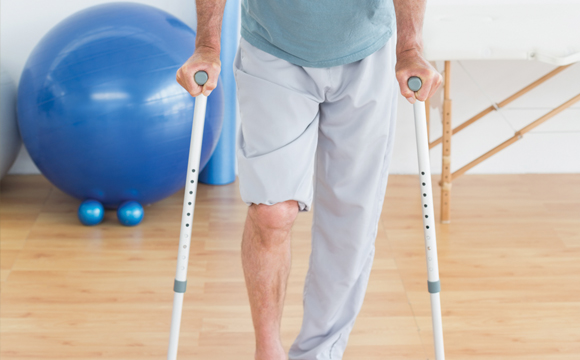Refining this Craft of Workplace Design to Optimize Comfort and Efficiency in Workspaces
Refining this Craft of Workplace Design to Optimize Comfort and Efficiency in Workspaces
Blog Article
Elevating a principle of ergonomics is paramount for creating professional environments that support postural health and productivity. Ergonomics is the study of tailoring occupational settings, apparatus, and responsibilities to fit the needs of workers. By emphasizing how users engage with their workspace, businesses can alleviate risk of injury and avoid injuries. An ergonomic workspace enables efficient movement and lessens strain, which can result in improved work satisfaction and engagement among team members.
One key aspect of ergonomic planning is the placement of fixtures and devices. Work surfaces should be at a position that allows workers to sit with their elbows at a 90-degree angle while inputting data. Seating options should deliver sufficient support for the lower back, promoting good posture. Additionally, monitors should be positioned at eye level to prevent upper-body stress. By ensuring that these factors are properly adjusted, workers can maintain a comfortable position throughout their tasks, reducing fatigue and enhancing focus.
A further notable dimension in an optimized workspace is the use of see this page ergonomically-designed devices and hardware. This includes input devices, pointing devices, and other devices designed to minimize cumulative trauma disorders. For instance, using an orthopedic typing device can contribute to relieve wrist pain caused by repetitive typing. Furthermore, ergonomic seating and sit-stand desks allow employees to modify their position throughout the day, which can ease physical stress and boost energy levels. Investing in industry-grade ergonomic furnishings can result in sustainable work habits and higher productivity rates.
Lighting is also a core pillar in ergonomic design. Proper lighting can diminish ocular stress and enable workers to concentrate on their tasks. Sunlight is preferable, but if that is not feasible, using task-specific artificial lighting can assist in maintaining a comfortable atmosphere. It is necessary to avoid glaring fluorescent lights that may trigger headaches or fatigue. By incorporating sufficient lighting, organizations can create an environment that advances both clarity and output.
Finally, advocating for regular breaks is imperative for maintaining an balanced workspace. Motivating employees to take timed breaks can assist relieve physical tension and mental overload. During these breaks, users should be encouraged to move around or get up to improve circulation. Integrating routine break More from the author times can facilitate build a routine that protects employee wellness without compromising productivity. Ultimately, mastering ergonomics in the professional environment not only enhances well-being but also fosters a more engaged work culture where employees can perform at their best.